Carbon offsetting has been seen as a solution for many companies, including festivals, to compensate for their carbon emissions and reach carbon neutrality. This article aims to investigate this trend and provide the keys to a good and virtuous use of carbon offsetting, and more particularly carbon sequestration through the planting of trees.
Definitions
Carbon market: the Kyoto Protocol (1997) and Paris Agreement (2015), two international conventions on climate change, have set up precise targets to be reached in terms of decrease of carbon emissions (become carbon neutral by 2050), for both governments and companies, as well as the regulation to reach these targets. The carbon markets are one of these regulations: it allows investors and corporations to trade both carbon credits and carbon offsets simultaneously.
Carbon offsetting: the action or process of compensating for carbon dioxide emissions arising from industrial or other human activity, by participating in schemes designed to make equivalent reductions of carbon dioxide in the atmosphere. The most common carbon offsetting action, and the one we will investigate in this article, is the planting of trees to restore areas suffering from deforestation. But, carbon offsetting can take many other forms: optimization of flight paths, energy efficiency, use of renewable energy, waste management…
Carbon credit: governments or companies can take a carbon credit when there are some unavoidable carbon emissions they have to make. Companies and individuals can account for their unavoidable emissions by buying carbon credits from certified activities that support community development, protect ecosystems or install efficient technology to reduce or remove emissions from the atmosphere.
Carbon sequestration: it is one of the carbon offsets that exist. It consists of planting and growing trees to restore deforested areas, because trees absorb CO2 present in the atmosphere (thus helping restore balance with carbon emissions from human activities). A tree absorbs only once it is mature, and that can take between 10 and 40 years, depending on the species. Carbon sequestration is a long-term process before it can be effective.
Carbon removal: carbon removal is the process of removing carbon dioxide from the atmosphere and locking it away for decades, centuries, or millennia. This could slow, limit, or even reverse climate change — but it is not a substitute for cutting greenhouse gas emissions.
Tomorrowland Festival: a tree hiding a forest of consumerism
Tomorrowland Festival is a large-scale electronic dance music event of 600 000 attendees with a huge international line-up taking place in Belgium. The festival, owned by SFX Entertainment, has 26 sponsors including Pepsi, Budweiser and Brussels Airlines and the event has declinations in Brazil and French ski station l’Alpe d’Huez. Known for its extravagant scenography, the festival has become one of the biggest festivals in Belgium, attracting thousands of international visitors and hundreds of international artists.
Can a festival of this size be carbon neutral and have a positive impact on the environment? Many voices have raised their concerns regarding the ecological impact of this massive event: either for the summer festival in Belgium or for the winter edition in Alpe d’Huez. These criticisms highlight the unsustainable practices of the festival (no cultural value given back to the territory of the festivals’ sites or their inhabitants, disposable plastic everywhere, marketing techniques which incite over-consumption and international audience mobility…). For example, since this summer, the Belgian festivals are forced to serve drinks in reusable cups, PET bottles and cans. Yet, the four biggest Belgian festivals, including Tomorrowland, requested an exemption to this new rule, stating that they were not logistically ready for it, as explained in this article.

Still, Tomorrowland Festival recently launched the “Tomorrowland Forest”, their carbon offsetting action. For this, the festival partnered up with Mastercard and developed an app, with which you can make purchases on the festival site. Every ten purchases (with a minimum of €5), a tree is planted in a mangrove in Madagascar, in partnership with Eden Reforestation Projects. A way of lowering the festival’s’ impact by inciting audiences to buy loads of merchandising or beers in plastic cups. The audiences’ behaviour is rewarded by a sense of saving the planet.
As said in the introduction, the planting of trees for the purpose of carbon sequestration, restoring areas suffering from deforestation, and consequently, lowering a company’s carbon emissions, is a long term process. Carbon offsetting, in order to be valuable and effective, needs to come hand in hand with real changes to reducing a company’s emissions. Carbon offsetting is not a tool to balance the CO2 emission of a company: the question of compensation embedded in the notion of carbon offsetting needs to be redefined. It’s not so much about compensating a company’s emissions as it is about doing more for carbon neutrality, contributing even more to the collective efforts required to save the planet and its ecosystems.
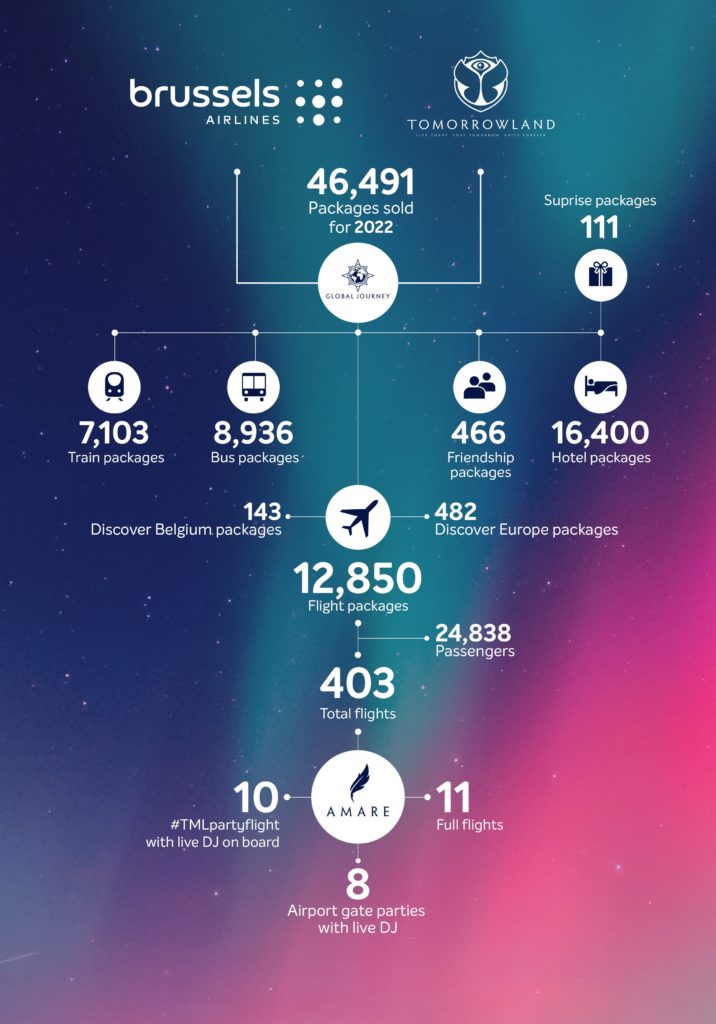
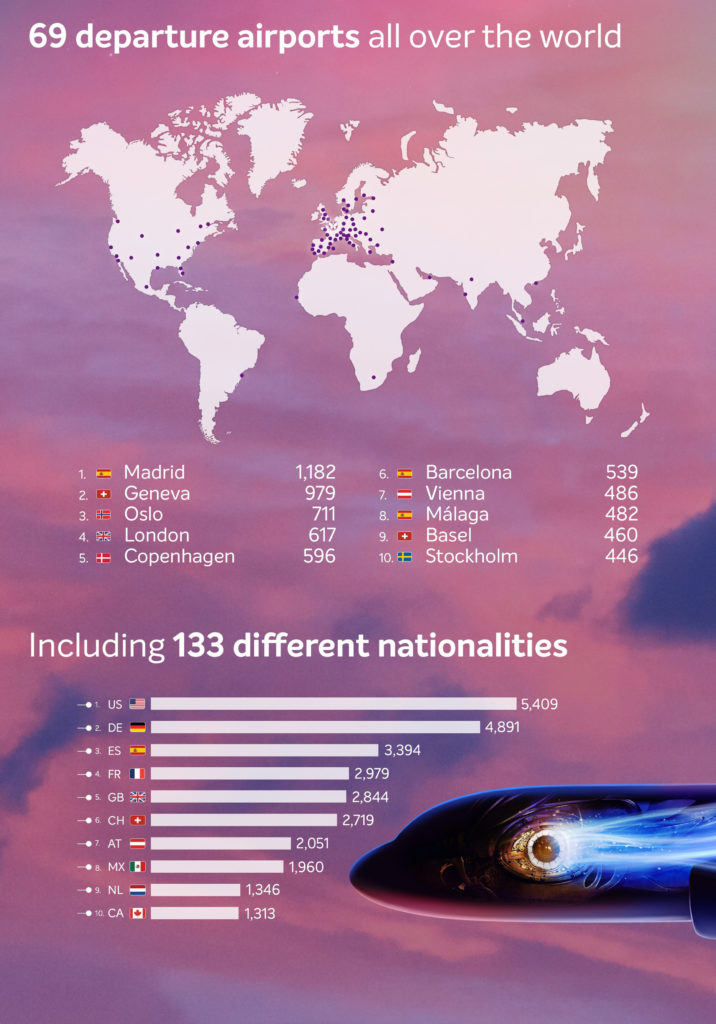
With that in mind, what other actions can a festival of Tomorrowland’s size implement to lower its carbon emissions? Tomorrowland do host a conference every year about sustainability, the Love Tomorrow conference, which aims to drive positive change and promote sustainability within the festival and the wider community. The festival also made some efforts regarding waste and water management, local sourcing of food, renewable energy and audience travel (by organising shuttles from cities to the festivals and promoting carpooling). Yet, all research shows that the live music industry’s biggest carbon emission pole is audience travel (“Audience festival travel emits 11 times more climate pollution than waste does,” says Kimberly Nicholas, professor and sustainability scientist at Sweden’s Lund University.) Given the international audience of Tomorrowland, and the number of people attending the festival – Tomorrowland even hosting party-flights, in partnership with Brussels Airlines – one can only see some contradictions in the festival’s sustainable policy.
Still, one may wonder if these initiatives are enough to lower the festivals’ impact, and on other aspects, Tomorrowland stand behind other festivals in terms of sustainable initiatives, and does not align with the concerns and expectations of its generation (e.g. the exemption for them to serve drinks in single-use cups). This, at a time where other festivals in Europe are reducing their capacity in order to host human-sized and planet-friendly events.
If not combined with more actions on site and a better transparency on the festivals’ actual carbon footprint, carbon offsetting can be seen as greenwashing. However, does that mean that all carbon offsetting initiatives in the music sector are in fact greenwashing?
European Festival Forest: Festivals cooperating for the canopy
The European Festival Forest is a cooperation project between 12 festivals in Europe which work together on a carbon sequestration project: plant 2500 trees per hectare in Iceland. The festivals work together with the Icelandic Forest Service to plant trees in a region where there were none for a long time, because of previous deforestation from settlers and because of the climate. Now that the climate has changed in Iceland, trees will be able to grow back.
This project, which is “a long-term project intended to run for centuries”, is financed by the festival audiences, who can donate €2 to plant one tree. These festivals intend to work together towards carbon-neutrality.
This promising project, in addition to the festivals’ own actions to reduce their carbon footprint, allows festivals to cooperate together towards carbon-neutrality. The Forest will have an impact on European territory, and we can only hope that the European Festival Forest will grow big and strong.
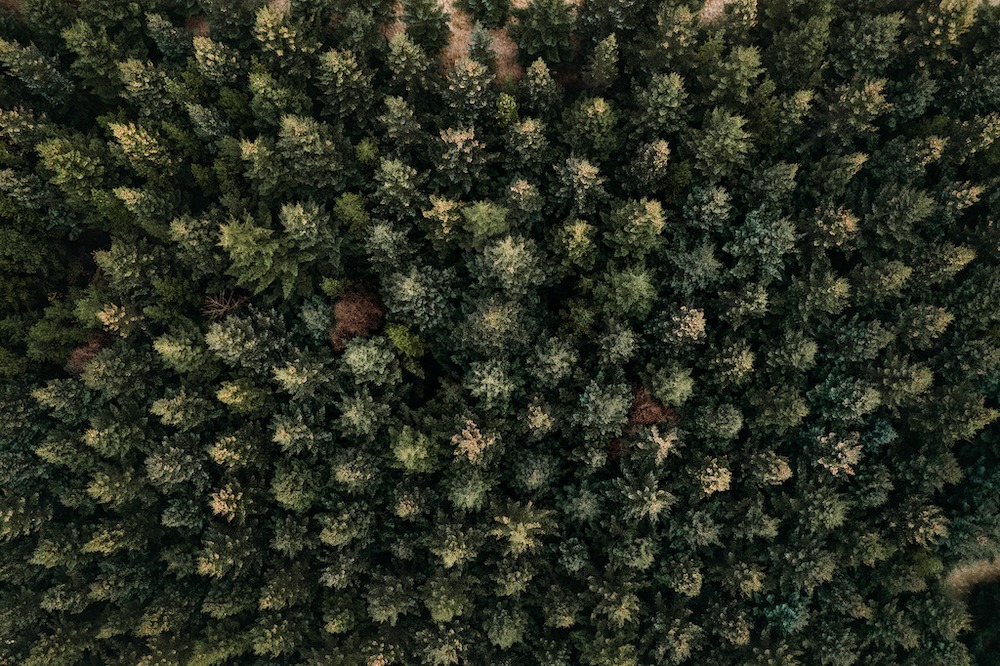
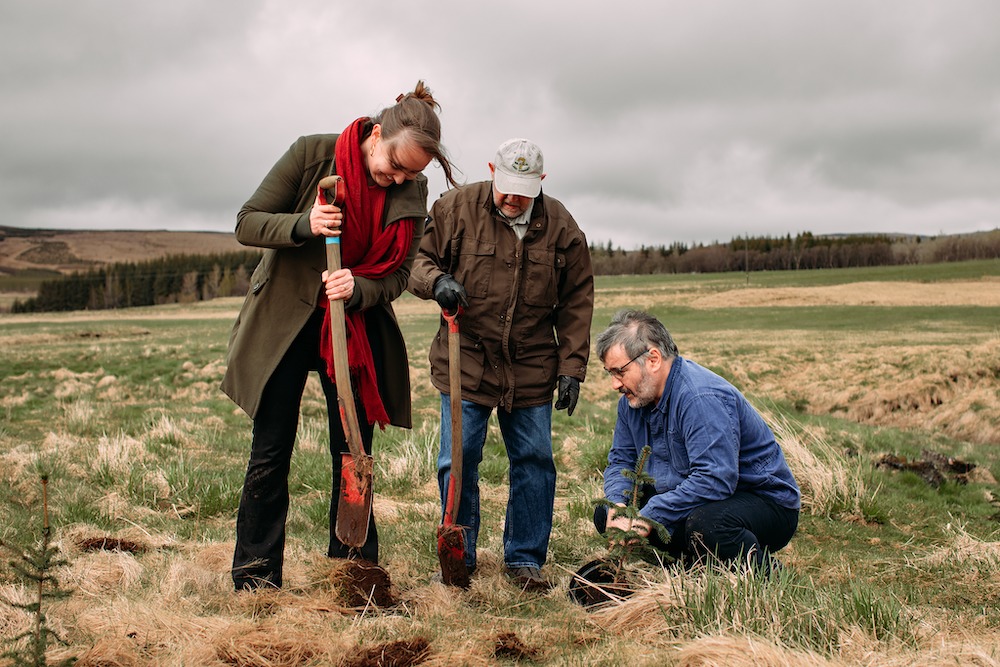
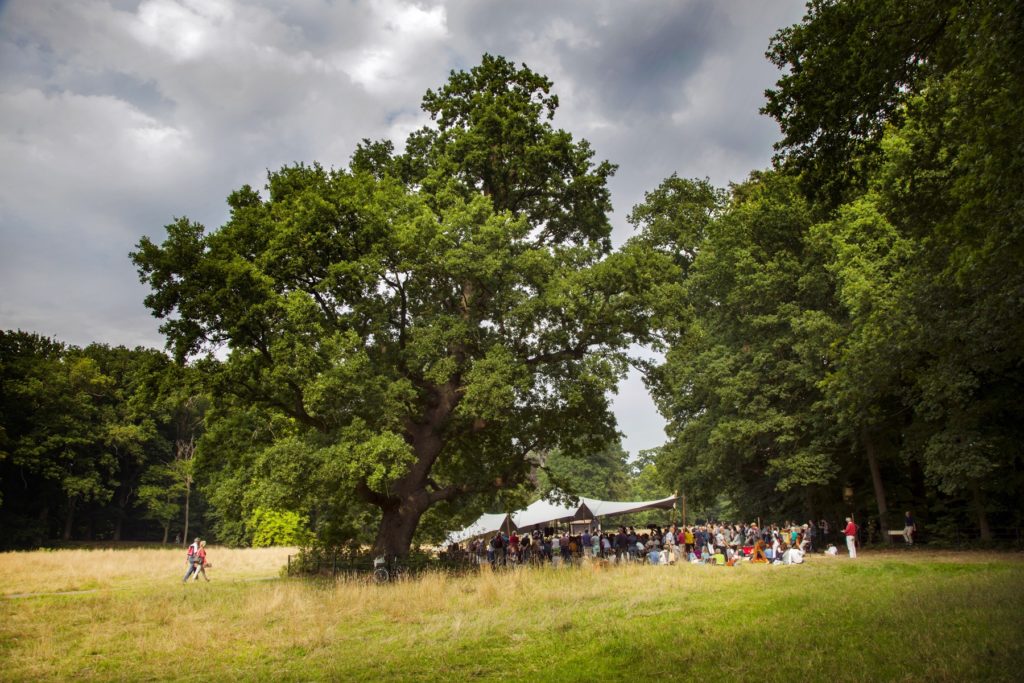
| INTERVIEW WITH ESTHER DE SOOMER FROM WALDEN FESTIVAL (BE) ON THEIR CARBON OFFSETTING ACTIONS & THE EUROPEAN FESTIVALS FOREST Walden festival develops a lot of sustainable initiatives (local & vegetarian food, sustainable waste management, programming of local artists to avoid travel emissions, etc). Why have you chosen to engage in a carbon offsetting action (planting trees) ? We think it’s important to try to reduce any negative impact we might have on the environment as much as possible. But we’re well aware that there will always be an impact. That’s why we chose to do our share and invest in carbon offsetting action. But there’s more: planting trees or contributing to a greener environment is a very visible and concrete action that helps us communicate about the importance of positive change. That’s important to us: not only doing our share, but inspiring and motivating our audiences, crew and artists to do what they can as well. That generates an even bigger impact. Can you describe this action, its partners, timeframe, and everything we need to know to understand why and how this action ? In the 2022 edition of our festival, we invested in the European Festivals Forest. That’s a newly planted forest in Iceland, using funding from music, theatre and arts festivals across Europe. Walden Festival was one of the founding partners in the pilot year of the forest. For every booking for our festival, 2 euro was invested in the European Festivals Forest, which is the amount needed for 1 tree. With Walden Festival, we funded 419 trees, planted in spring 2023, by which we offsetted 125,7 tonnes of CO2 emissions. In total, 2828 have been planted in 2023 thanks to the combined efforts of arts festivals across Europe. You were part of the European Festival Forest project before shifting to your own, in partnership with BOS+. What added value do you see with this new project, compared to the last one ? We think the European Festivals Forest is a great initiative both to offset carbon emissions and to raise awareness. At the same time, Walden Festival is a locally rooted initiative in the heart of Brussels. We find it important to maintain a strong connection to local communities. That’s why we decided to support a different, more local initiative for our 2023 edition instead of planting trees abroad. We reached out to BOS+, an organisation that has a lot of expertise in forestation projects locally and globally. Together, we decided on a local project that doesn’t only contribute to a greener environment, but has a social goal as well. Thanks to our audience donations, we invest in an inclusion project from three Brussels-based youth centres to connect young people in and through a greener environment. BOS+ trains volunteers from the Brussels youth centres to deliver nature workshops. This means that workshops of this kind are given a permanent place in the youth centres’ programmes. But that’s not all. Under the leadership of BOS+ the youngsters implement greening initiatives in the immediate surroundings of their youth centres. This direct planting has a big impact: the youngsters are given ownership of their neighbourhood, which visibly improves as a result. With this project, it’s harder to know exactly how much carbon we’re actually offsetting than with the European Festivals Forest. But we are convinced that while its effects might be more difficult to express in numbers, the long-term impact will be big: by empowering youngsters, changing neighbourhoods for the better, inspiring locals and visitors. Carbon offsetting, and notably planting trees for carbon sequestration, is sometimes used as greenwashing by big companies or big festivals. How do you, at Walden festival, make sure you have a virtuous impact on the planet and its ecosystems with your carbon offsetting action ? It’s key to be honest about what you do. For instance, we haven’t (yet) done a CO2 assessment, since that’s a very thorough exercise and we’re a very small festival. We would love to work towards that in the future, but in the meantime, we will not make any claims about ‘Net Zero’, because we haven’t got the data to back that up. But that doesn’t mean that we should wait on that information to invest in carbon offsetting action. Planting trees and contributing to a greener environment is always a good idea. Every year, we do the best we can, knowing there is always room to learn, to grow and to become a more sustainable festival. You can visit the website of Walden Festival here. |
Let’s now turn to a small venue but with a big and virtuous impact on the planet, the first venue who will become carbon-positive in a few years, once their forest grows.
4AD Muziekclub: the first live music venue who will become carbon-positive?
4AD Muziekclub is a 250 capacity venue located in Diksmuide, BE and active since 1988. Sustainability has been anchored in their DNA since the very beginning, and they have set up environmental-friendly practices for several decades now. On this note, we warmly recommend that you have a look at 4AD’s Digital Safari to learn more on all the great sustainable actions they put in place!
Still, despite their efforts, when 4AD did their carbon footprint in 2016, they realised that they still emitted 66 tons of CO2 every year, 90% of it coming from the mobility of audiences, as the venue is located in a rural area with no public transport. That is why 4AD decided to plant 16,5 acres of forest in the direct vicinity of the 4AD Muziekclub: to compensate for their emissions and, in the long-term, even be carbon-positive, that is, go beyond carbon-neutrality and sequester more CO2 than they emit.
The plantation of the 4AD forest started in February 2016. The forest will take 40 years to grow and be able to sequester CO2. The idea of a forest to compensate for the venue’s carbon emissions is not only eye-catching, as it raises awareness on climate change, but is also a way for the venue to do something about the deplorable forest situation in the Flanders region. Indeed, in this region, trees represent only 12% of the total surface of the territory (compared to the average of 43% in other European regions).
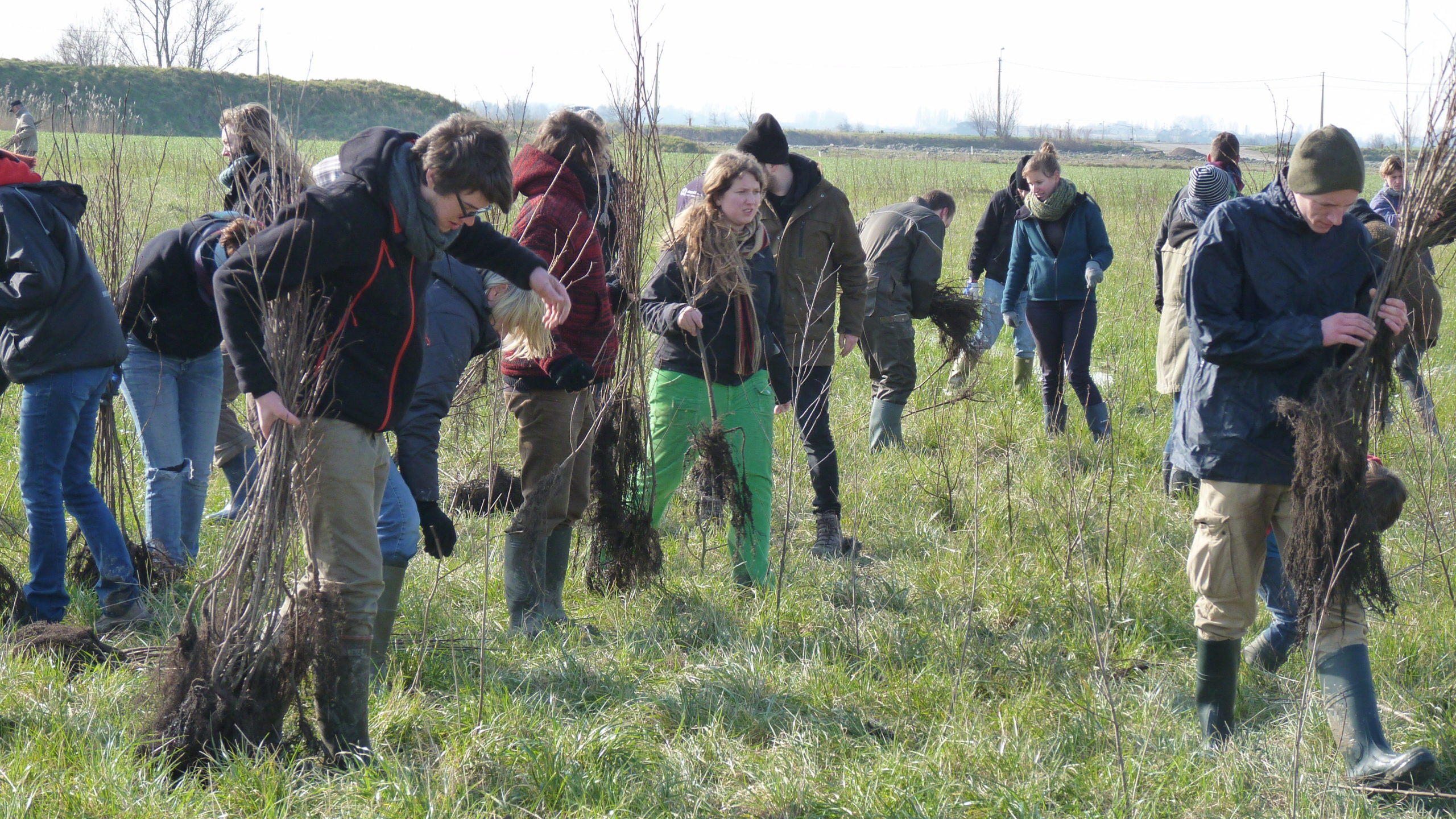
The 4AD Muziekclub team worked with external consultants and partnered with nature conservatory organisations to plant this forest. The venue paid for the tree seedlings and the organisation bought the land in which the forest was planted. To find this money, 4AD launched a crowdfunding campaign, so that people close to the venue could engage in this project virtuous for the local community. The venue relied on volunteers to plant the trees, transforming this action beneficial for the planet into a moment of socialising and community-building.
The venue team first did all they could to lower their impact on the planet, and decided after that to engage in a carbon offsetting project. Their forest has an impact on the local territory in which the venue thrives, and they could involve local communities to take part in it. Of course, the 4AD Forest still needs to grow, and forests are not immune to natural hazards (fires, strong winds, diseases, etc), but we can hope that the forest will be healthy and will soon allow 4AD to become the first ever carbon-positive live music venue in the world.
Conclusion take-away tips
- Carbon offsetting does not replace reducing an organisation’s own emissions. If carbon offsetting is the only sustainable action of an organisation, then it consists in greenwashing.
- We should change the paradigm when thinking of carbon offsetting actions. It’s not about compensating one’s own emission, but more about contributing to collective efforts to improve our planet’s health.
- Carbon offsetting actions, and notably planting of trees, if done in the local territory with local communities can also have great social and community values.
- Beware of what partner you chose to roll out carbon offsetting, as some companies specialised in reforestation sell promises and don’t have such a great impact on the planet as they say. See here for more details.
| About “carbon-removal”… You may have recently heard about the O2 Arena in London which will host the world’s first Carbon-Removal gig as part of The 1975’s tour. In order to do so, the O2 will use Direct Air Capture technology, which is “a process that sees air blown through machines that remove CO2 from the air and store it underground”. We would like to emphasize, once again, that priority should be on reducing emissions before relying on this technology. The risk being big organisations who can afford these costly technologies might postpone emission reduction under the notion that it will be possible to fix the problem later. Direct Air Capture is part of geo-engineering solutions, and the European Union recently called for international talks on how to potentially govern geoengineering efforts, as well as “support” efforts to better understand the risks such experiments could pose. |
Sources:
- Stop Saying Carbon Offset: from Offsetting to Contributing – Carbon 4
- Not-So Eco-Friendly Music Festivals Can Still Use Disposable Cups – The Brussels Time
- Tomorrowland, une catastrophe écologique – La Libre
- 2023, Dernier Tomorrowland à l’Alpe d’Huez – Extinction Rebellion
- Brussels Airlines Unites the World Again at Tomorrowland
- Sex, Drugs and… Sustainability? Music Festivals Struggle to Go Green – POLITICO
- The European Festivals Forest
- Muziekclub 4AD’s Digital Safari
- Muziekclub 4AD, a Live Music Venue with Sustainable Practices & Philsophy – Live DMA
- Revealed: more than 90% of rainforest carbon offsets by biggest certifier are worthless, analysis shows – The Guardian
- O2 to host world’s first carbon-removal gigs with The 1975
- The 1975 set to headline world’s first ‘carbon-removed’ concert at O2 Arena in London
- The EU wants to crack down on rogue efforts to alter the atmosphere
